Latest Posts by nasenaya - Page 2
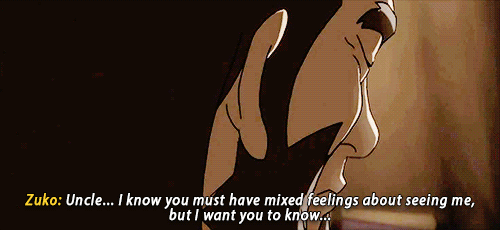
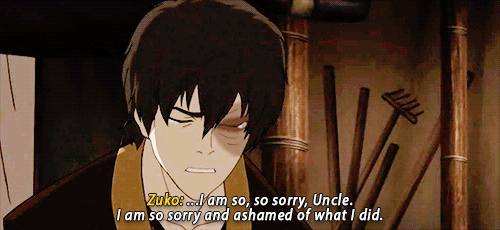
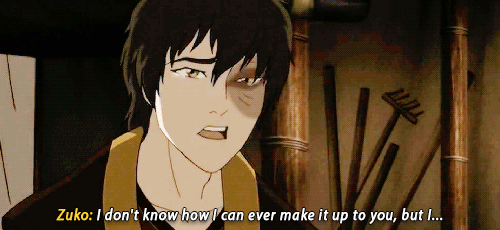






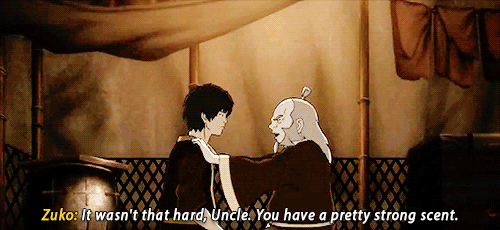
one of the best heartwarming scenes between Zuko and Iroh. The fact that Zuko is truly repentant and Iroh is unconditionally forgiving despite everything he’s endured. And of course, they can make you cry one moment and laugh in the next.
art cheats
hello i am here today to not lose track of the art cheats i have discovered over the years. what i call art cheat is actually a cool filter/coloring style/way to shade/etc. that singlehandedly makes art like 20 times better
80’s anime style
glitch effect
glow effects
adding colors to grayscale paintings
foreshortening ( coil )
foreshortening ( perspective )
clipping group (lines)
clipping group (colors)
dramatic lighting ( GOOD )
shading metal
lighting faces
that is all for today, do stay tuned as i am always hunting for cool shit like this



We’ve come a long way since then.
What's your writing routine like?

@bootthesnoot I WUV U SM ;3;
Have you ever met someone on the internet that you liked so much that you sometimes sit there and think “Oh man there are people who are lucky enough to see this person IN THE FLESH ON A REGULAR BASIS and I wonder if they realize how LUCKY they are”


what you need to make your paladin room comfy: soft and colourful blankets and pillows, photos on the wall, cuddly boyfriend
can i just say that im,,,
REAL sick,,
of seeing klance posts where one of them is portrayed as “the girl”
like its usually Keith but once in a blue moon its lance
neither?? of them??? are girls????
they are both???? men???????
portraying one as super feminine and the other as butch is heteronormativity neither one of them is canonically feminine they are both masculine bye
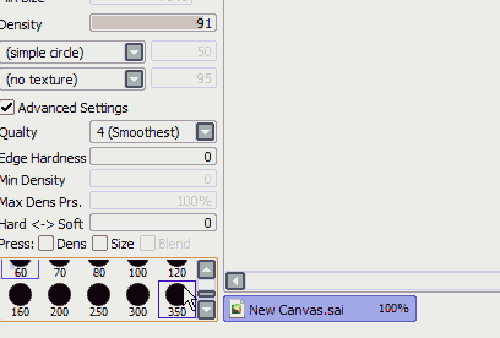
whenever people are like “SKETCHING CIRCLES IN SAI IS SO HARD” im like



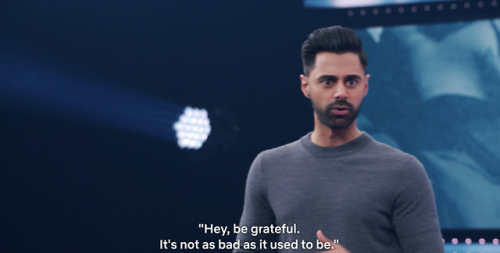




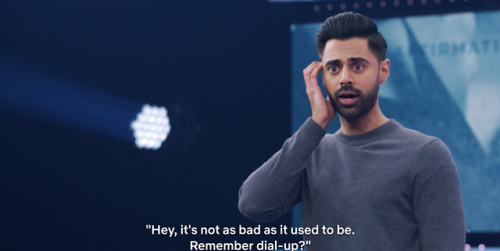

Writing Traumatic Injuries References
So, pretty frequently writers screw up when they write about injuries. People are clonked over the head, pass out for hours, and wake up with just a headache… Eragon breaks his wrist and it’s just fine within days… Wounds heal with nary a scar, ever…
I’m aiming to fix that.
Here are over 100 links covering just about every facet of traumatic injuries (physical, psychological, long-term), focusing mainly on burns, concussions, fractures, and lacerations. Now you can beat up your characters properly!
General resources
WebMD
Mayo Clinic first aid
Mayo Clinic diseases
First Aid
PubMed: The source for biomedical literature
Diagrams: Veins (towards heart), arteries (away from heart) bones, nervous system, brain
Burns
General overview: Includes degrees
Burn severity: Including how to estimate body area affected
Burn treatment: 1st, 2nd, and 3rd degrees
Smoke inhalation
Smoke inhalation treatment
Chemical burns
Hot tar burns
Sunburns
Incisions and Lacerations
Essentials of skin laceration repair (including stitching techniques)
When to stitch (Journal article–Doctors apparently usually go by experience on this)
More about when to stitch (Simple guide for moms)
Basic wound treatment
Incision vs. laceration: Most of the time (including in medical literature) they’re used synonymously, but eh.
Types of lacerations: Page has links to some particularly graphic images–beware!
How to stop bleeding: 1, 2, 3
Puncture wounds: Including a bit about what sort of wounds are most likely to become infected
More about puncture wounds
Wound assessment: A huge amount of information, including what the color of the flesh indicates, different kinds of things that ooze from a wound, and so much more.
Home treatment of gunshot wound, also basics More about gunshot wounds, including medical procedures
Tourniquet use: Controversy around it, latest research
Location pain chart: Originally intended for tattoo pain, but pretty accurate for cuts
General note: Deeper=more serious. Elevate wounded limb so that gravity draws blood towards heart. Scalp wounds also bleed a lot but tend to be superficial. If it’s dirty, risk infection. If it hits the digestive system and you don’t die immediately, infection’ll probably kill you. Don’t forget the possibility of tetanus! If a wound is positioned such that movement would cause the wound to gape open (i.e. horizontally across the knee) it’s harder to keep it closed and may take longer for it to heal.
Broken bones
Types of fractures
Setting a broken bone when no doctor is available
Healing time of common fractures
Broken wrists
Broken ankles/feet
Fractured vertebrae: Neck (1, 2), back
Types of casts
Splints
Fracture complications
Broken noses
Broken digits: Fingers and toes
General notes: If it’s a compound fracture (bone poking through) good luck fixing it on your own. If the bone is in multiple pieces, surgery is necessary to fix it–probably can’t reduce (“set”) it from the outside. Older people heal more slowly. It’s possible for bones to “heal” crooked and cause long-term problems and joint pain. Consider damage to nearby nerves, muscle, and blood vessels.
Concussions
General overview
Types of concussions 1, 2
Concussion complications
Mild Brain Injuries: The next step up from most severe type of concussion, Grade 3
Post-concussion syndrome
Second impact syndrome: When a second blow delivered before recovering from the initial concussion has catastrophic effects. Apparently rare.
Recovering from a concussion
Symptoms: Scroll about halfway down the page for the most severe symptoms
Whiplash
General notes: If you pass out, even for a few seconds, it’s serious. If you have multiple concussions over a lifetime, they will be progressively more serious. Symptoms can linger for a long time.
Character reaction:
Shock (general)
Physical shock: 1, 2
Fight-or-flight response: 1, 2
Long-term emotional trauma: 1 (Includes symptoms), 2
First aid for emotional trauma
Treatment (drugs)
WebMD painkiller guide
Treatment (herbs)
1, 2, 3, 4
Miscellany
Snake bites: No, you don’t suck the venom out or apply tourniquettes
Frostbite
Frostbite treatment
Severe frostbite treatment
When frostbite sets in: A handy chart for how long your characters have outside at various temperatures and wind speeds before they get frostbitten
First aid myths: 1, 2, 3, 4, 5 Includes the ones about buttering burns and putting snow on frostbite.
Poisons: Why inducing vomiting is a bad idea
Poisonous plants
Dislocations: Symptoms 1, 2; treatment. General notes: Repeated dislocations of same joint may lead to permanent tissue damage and may cause or be symptomatic of weakened ligaments. Docs recommend against trying to reduce (put back) dislocated joint on your own, though information about how to do it is easily found online.
Muscular strains
Joint sprain
Resuscitation after near-drowning: 1, 2
Current CPR practices: We don’t do mouth-to-mouth anymore.
The DSM IV, for all your mental illness needs.
Electrical shock
Human response to electrical shock: Includes handy-dandy voltage chart
Length of contact needed at different voltages to cause injury
Evaluation protocol for electric shock injury
Neurological complications
Electrical and lightning injury
Cardiac complications
Delayed effects and a good general summary
Acquired savant syndrome: Brain injuries (including a lightning strike) triggering development of amazing artistic and other abilities
Please don’t repost! You can find the original document (also created by me) here.

Dororo fandom it’s just:


Lance appreciation sketches! He is a good guy and a selfless cinnamon roll!! QHQ)
Some Photoshop Tips
I’ve been getting quite a few asks about the process for the patterns in my stylized artworks, so I decided to put together a couple of tips regarding them.
Firstly, what you need are
— CUSTOM BRUSHES —
Most of the patterns I use are custom brushes I made, such as those:

For the longest time I was convinced making brushes must be super extra complicated. I was super extra wrong. All you need to start is a transparent canvas (2500px x 2500px max):

This will be your brush tip. When you’re satisfied how it looks, click Ctrl+A to select the whole canvas and go to ‘define brush preset’ under the edit menu

You will be asked to name your new glorious creation. Choose something that describes it well, so you can easily find it between all the ‘asfsfgdgd’ brushes you’ve created to be only used once

This is it. Look at it, you have just created a photoshop brush. First time i did I felt like I was cheated my whole life. IT’S SO EASY WHY HASN’T ANYONE TOLD ME

Time to edit the Good Boi to be more random, so it can be used as a Cool Fancy Pattern. Go into brush settings and change whatever you’d like. Here’s a list of what I do for patterns:
- under Shape Dynamics, I increase Size Jitter and Angle jitter by 5%-15%
- under Brush Tip Shape, I increase spacing by a shitload. Sometimes it’s like 150%, the point is to get the initial brush tip we painted to be visible.
- If I want it to look random and noisy, I enable the Dual Brush option, which acts like another brush was put on top of the one we’ve created. You can adjust all of the Dual Brush options (Size, Spacing, Scatter, Count) as you wish to get a very nice random brush to smear on your backgrounds
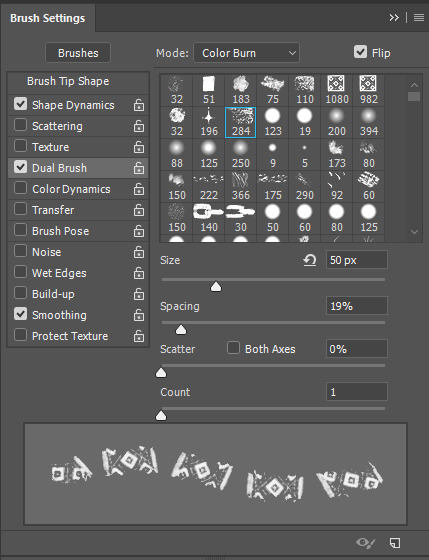
The result is as above. You can follow the same steps to create whatever brush you need: evenly spaced dots that look like you painted them by hand, geometric pattern to fill the background, a line of perfectly drawn XDs and so on.
BUT WAIT, THERE’S MORE
— PATHS —
But what if you want to get lots of circles made of tiny dots? Or you need rows of triangles for your cool background? Photoshop can do all of that for you, thanks to the magic of paths.
Typically, paths window can be found right next to Layers:


Draw whatever path you want, the Shape Tool has quite a bit of options. Remember, paths are completely different from brush strokes and they won’t show up in the navigator. To move a path around, click A to enable path selection tool. You can use Ctrl+T to transform it, and if you move a path while pressing Alt it will be duplicated.

Now, pick a brush you wish really was in place of that path you’ve drawn and go to layers, then choose the layer you want it to be drawn on. Then, click this tiny circle under the Paths window:
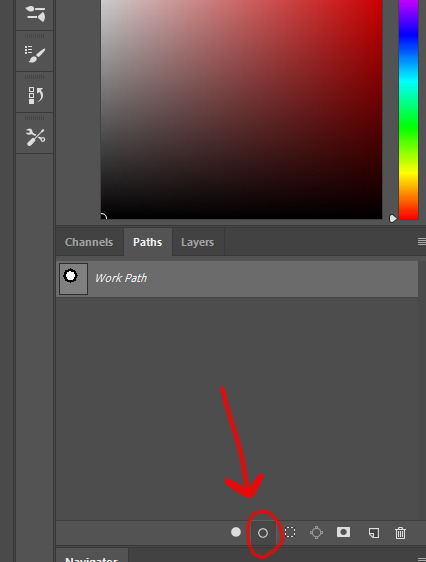
Then witness the magic of photoshop doing the drawing for you while you wonder how tf have you managed to forget about this option for the past 2 years

You can combine special brushes and paths for all sorts of cool effects. I mostly use them in backgrounds for my cards, but you can do whatever you want with them.

I hope that answers the questions for all of the people who were sending me inquires about the patterns. If you have any questions regarding this or any other Photoshop matter feel free to message me, I’m always up for complaining about how great and terrible Photoshop is C’:
I-


Let’s just say we’re inches apart,
Even closer at heart,
And we’ll be just fine.
Instagram | Ko-fi | Redbubble | Commissions
not knowing how to draw your favorite character

Keith: what are you doing?
Lance: [standing on a chair] i live here you know i can stand wherever i want thank you very much
Keith:
Keith: where’s the spider
Lance: it’s under the table please get it for me please
I'll be switching to mothers & fuckers thank you

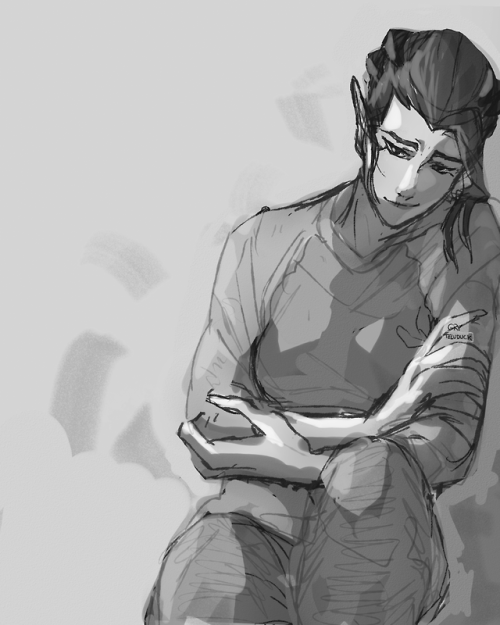
can acxa smile?? can she please smile? dream works?
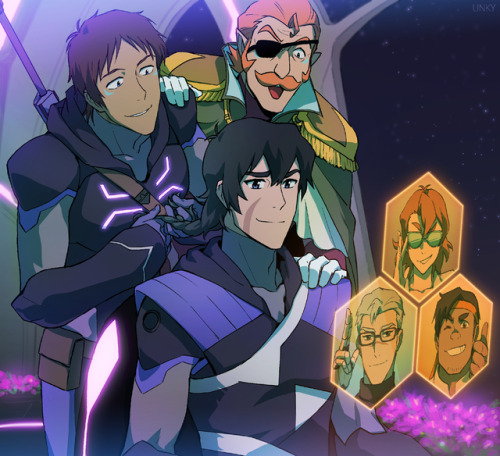
Welcome back space ranger
People talk a lot about how reading is necessary for writing, but when you really want to improve your writing, it’s important to go beyond just simple reading. Here are some things to do when reading:
Note how they begin and end the story. There are a ton of rather contradictory pieces of advice about starting stories, so see how they do it in the stories you enjoy. Don’t only look at the most popular stories, but look at your more obscure favorites.
See what strikes you. Is it fast or complicated scenes with a lot of emotions? Is it stark lines? Pithy dialogue? What do you remember the next day?
Pay attention to different styles. It’s not just whether they use past or present tense, first or third person. It’s whether the writing is more neutral or deeper inside character’s heads. Do they use italics? Parentheses? Other interesting stylistic choices? Take the ones you like and try them out in your own writing. See what works and what doesn’t.
Keep track of how they deal with other characters. Do we see a lot of secondary character each for very brief periods of time or are there a couple that show up a lot? How much information do we get about secondary characters? Do they have their own plots or do their plots revolve entirely around the main characters?
Count how many plots there are. Is there just one main plot or are there multiple subplots? Are the storylines mostly plot-based or character-based?
Pay attention to what you don’t like. If you don’t like what’s going on in a book or even just a scene, note what it is. Does the dialogue feel awkward? Are the characters inconsistent? Does the plot feel too convenient or cobbled together? Does the wording just feel off? See if you can spot those issues in your own writing, especially when reading a completed draft or beginning a later draft.
some fucking resources for all ur writing fuckin needs
* body language masterlist
* a translator that doesn’t eat ass like google translate does
* a reverse dictionary for when ur brain freezes
* 550 words to say instead of fuckin said
* 638 character traits for when ur brain freezes again
* some more body language help
(hope this helps some ppl)
dealing with the worst case scenario
your condom breaks
you feel a lump on your breast
your friends are ignoring you
you’re stranded on an island
you got rejected by a crush
you get into a car accident
you got stung by a bee/wasp
you got fired from your job
you’re in an earthquake
your tattoo gets infected
your house is on fire
you’re lost in the woods
you get arrested abroad
you get robbed
your partner cheated on you
you’re on a ship that’s sinking
you fall into ice
you’re stuck in an elevator
you hit a deer with your car
you have food poisoning
your pet passed away
you fall off of a horse
you or your friend has alcohol poisoning
you have toxic shock syndrome
your house has a gas leak
Sup! I'm new and I love your studyblr . I had a question tho. I have some really important exams in a really less time and I'm not very good prepared haha *nervous laugh*.... so what is the quickest method of note taking and learning stuff? Also i get distracted too often, i mean by random things so how to get my mind back on track?
Some tips from me:
don’t do fancy headers in class, you can always do them after class
use symbols and abbrieviations when writing notes or you can learn the shorthand method as well
just write things concisely, summarise them into bullet points
Other helpful links:
how to take notes faster by @studyquill
symbols & abbrieviations for faster note taking by @studyquirk
symbols and abbrieviations for note taking by @mystudentid
Some tips from me:
go wash your face if you think that you are falling asleep
drink coffee or tea to help you stay awake (not recommending it only as your last resort)
stand up if possible, otherwise just sit and stretch your whole body
use the forest app to help you stay away from your phone
Other helpful links:
how to focus in class by @emmastudies
how to stay alert
how to remove distractions

life giver
Finishing Voltron s8

How I Wrote A Novel.
This, in a nutshell, is what I did to get a book with my name on it.
NOTE: This is just my personal way of making the words go. Other people have different ways to make their words go. In the world of words, there are no right answers. There’s just lots and lots of tea/coffee/tear stains.
1). The Idea
When I get an idea for a story, I open up a document, label it “Brainstorming,” and start making a bullet list of events that consist of the plot.

It has to be an idea with tangible weight. A stray bit of dialogue or something vague like Halloween, that doesn’t give me much to work off of. Halloween creatures living on the same street where it’s Autumn every day- now that’s something I can build from.
What kinds of creatures are they? What do they do? What do their houses look like? The best ideas are the ones that spark more.
2). First Draft

This is the easy part- and the most challenging. Easy, because there’s literally no bar. I just sat there and typed. But it’s a huge mental challenge.
When I was in first draft mode, I wanted that story out. I thought that by making it such a rough, far-away version from the concept in my head, I was only delaying the day where I’d hold it in my hands. Turns out, that’s what got it to take on physical form in the first place. So I quieted down, grabbed my laptop and some hot tea, and typed.
3). Dissecting the First Draft

After I finished draft one, I printed it all off and highlighted the scant amounts that were passable for the next phase. Dialogue, descriptions, setting- anything that didn’t look like it was up to par was scratched out and omitted.
I call the above pictures A Slow Descent Into Madness.
4). The Second Draft

On a fresh document, I rewrote the story altogether- and it make a difference. I was coming up with things I hadn’t even thought of previously. And it was surprising how much better the plot was than the first time around. But it was still rough.
5). Draft Three

My method was to start with the bigger, more obvious issues and work my way down. Any plot holes I found were noted, and my outline was constantly under revision. I cut out entire scenes and made mental notes on ways they could be fixed/replaced.
This is where I started cutting chapters in half to make the story flow better- but I didn’t bother writing in usable chapter titles. Instead, I improvised:
6). Drafts Four and Five

These were dedicated to correcting the smaller, less obvious plot holes. This was the point where the story finally started to look close to what would become the final version.
7). Drafts Seven Onward

With the story line looking how I wanted, I then moved on to sentence structure. That one song that looked terrible? Rewritten. Over-the-top descriptions and excessive prose? Gone.
8). Editing and Proofing
This is where I had outside help. Besides this useful tool, I had two people check for spelling issues and the overall story. Once it was in decent shape to be made public, I asked for some additional help.
9). Betas
My betas were in the age range that my novel was geared toward, along with a couple of teachers and parents (as it was middle grade). I gave them the full manuscript, along with seven basic questions like “Which characters were your favorite/least favorite and why?” and “Was there a part of the story that didn’t make sense?”
I gave my betas three months to read a 42,590 word story, and by the end they gave me back the review sheets.
10). Final Adjustments
After I read over the reviews, I let the comments sit for three days so that I could proceed with a clear head. I smoothed out any flaws, scanned over the MS twice to make sure everything was right, and that is how I got to the end of writing my first novel.
Next comes publishing- which is a different beast entirely.
when your friends are all from different timezones but youre online


